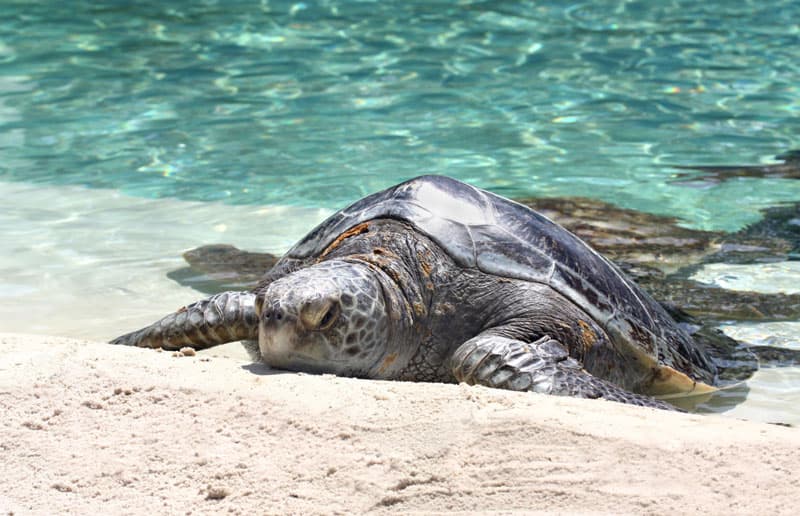How Big Do Sea Turtles Get?
Sea turtles are some of the most fascinating creatures in the ocean, captivating the curiosity of researchers and enthusiasts alike. Understanding how big these majestic marine animals can get involves exploring various factors, from species variations to environmental influences. Join us as we dive deep into the world of sea turtles to uncover their growth mysteries.

Different Species of Ocean Turtles and Their Maximum Sizes
Sea turtles come in various species, each with unique characteristics and maximum sizes. Here are a few well-known species along with their impressive dimensions:
1. Leatherback Turtle:
2. Green Sea Turtle:
3. Loggerhead Turtle:
4. Hawksbill Turtle:
5. Olive Ridley Turtle:
Each species’ size is influenced by a combination of genetic factors and their environment. Understanding these dimensions is crucial for conservation efforts and ensuring the survival of these incredible creatures.
Factors That Influence Ocean Turtle Growth
The growth of sea turtles is a complex process influenced by several factors. Here are the primary elements that play a role:
Genetics:
Diet:
Habitat:
Predation:
Health and Diseases:
Human Impact:
Understanding these factors helps in creating effective conservation strategies to protect these majestic marine creatures.
How Does the Environment Affect the Growth of Ocean Turtles?

By maintaining and protecting these environmental factors, we can support the healthy growth of sea turtle populations.
What Is the Largest Ocean Turtle Ever Recorded?
The largest sea turtle ever recorded is the Leatherback Turtle. These giants of the sea have been known to reach astounding sizes. The largest on record was an immense 9.8 feet long and weighed an extraordinary 2,019 pounds. These incredible turtles are not only the biggest of their kind but also among the largest reptiles in the world. Such record-breaking sizes highlight the vital importance of conservation to ensure these magnificent creatures continue to thrive.
Conclusion
Sea turtles are extraordinary creatures that command our fascination due to their impressive sizes and longevity. From the colossal Leatherbacks to the more modest Olive Ridleys, each species showcases unique growth characteristics influenced by genetics, diet, environment, and human impact. Understanding these factors is crucial for effective conservation efforts, which aim to protect these majestic animals and their habitats for future generations. Let’s continue to marvel at and work towards the preservation of these magnificent marine giants.
FAQs
How fast do ocean turtles grow?
Ocean turtles grow at varying rates depending on species and environmental conditions. On average, it can take between 15 to 50 years for a turtle to reach maturity.
How tall is a full-grown sea turtle?
A full-grown sea turtle’s height varies by species. For example, a Leatherback Turtle can be up to 2.4 feet tall when measured from top to bottom of its shell.
Can I keep a sea turtle as a pet?
No, keeping a sea turtle as a pet is illegal and highly discouraged. Sea turtles are protected species and need to live in their natural oceanic habitats for their well-being and conservation.
